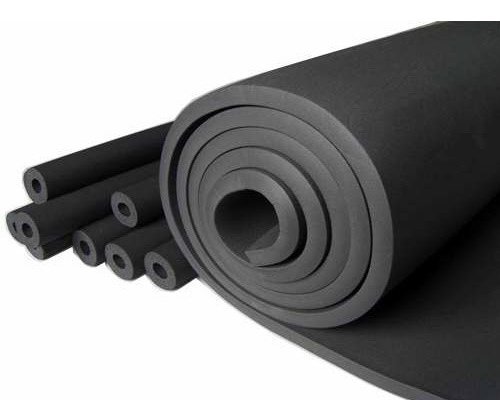
There are two primary types of rubber, namely natural rubber and synthetic rubber.
Natural rubber
Natural rubber is obtained in the form of solid particles suspended in a milky white liquid (called latex) that drips from the bark of certain tropical and subtropical trees.
Example : Neoprene , Vulcanized rubber, etc.
Synthetic rubber
The rubber which can be artificially prepared, which is man-made is known as synthetic rubber. These hold a wide range of applications in daily life and in the industry as well. Examples are cellulose, starch, rubber, and more. Synthetic rubber examples are styrene butadiene, Neoprene, and more.
Example : butadiene rubber, styrene-butadiene rubber, neoprene, the polysulfide rubbers (thiokols), butyl rubber, and the silicones.
What are the advantages and disadvantages of nitrile rubber?
The more nitrile there is within the polymer, the higher its resistance to oils but the lower its flexibility. Nitrile rubber is more resistant than natural rubber to oils and acids, and has superior strength, but suffers from inferior flexibility.
Maruthi Engineering Solution offers the following advantages:
- Excellent abrasion resistance nitrile
- Good rebound nitrile
- Good tear resistance nitrile
- Good non-polar solvent resistance nitrile
- Good water resistance nitrile
- Good oil resistance nitrile
- Cheaper than fluoroelastomers nitrile
Nitrile (also known as Buna-N) is a copolymer of butadiene and acrylonitrile and one of the strongest rubber materials in applications involving oil and fuel. Just a mail to get a quality nitrile rubber dealers Info@maruthiengineeringsolutions.com




